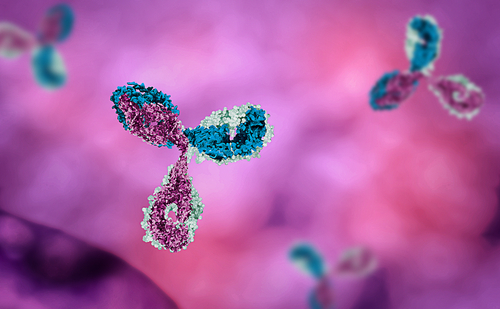Eosinophils Play Inflammatory Role in Patients with GPA and MPA, Study Suggests

Eosinophils, a type of immune cell, appear to contribute to the inflammatory process seen in patients with granulomatosis with polyangiitis (GPA) and microscopic polyangiitis (MPA), a study shows.
The study, “Eosinophils in anti-neutrophil cytoplasmic antibody associated vasculitis,” was published in the journal BMC Rheumatology.
ANCA-associated vasculitis (AAV) is an autoimmune disease characterized by inflammation of small blood vessels. The condition has three subtypes: GPA, MPA, and eosinophilic GPA (EGPA).
Patients with autoimmune diseases have antibodies in their blood, called autoantibodies, that recognize and attack the body’s own tissues. Those with AAV produce a kind of autoantibody called anti-neutrophil cytoplasmic autoantibodies, or ANCAs, which target one of two proteins — proteinase 3 (PR3) and myeloperoxidase (MPO).
Researchers know that ANCAs bind to neutrophils, a type of immune cell, which stimulates the neutrophils into having an inflammatory response. However, ANCAs might also bind to another immune cell type, known as eosinophils, as these cells also express PR3 and eosinophil peroxidase (which is similar to MPO) on their surface.
Eosinophils play a complex role in regulating the immune system as they can have both inflammatory and anti-inflammatory properties.
The formation of extracellular DNA traps was first discovered in neutrophils but is now considered a common mechanism of the immune system. Neutrophil extracellular traps (NETs) are networks of extracellular fibers, composed of DNA from neutrophils, which bind pathogens. Eosinophils also produce these DNA traps, known as eosinophil extracellular DNA traps (EETs). These DNA traps sustain inflammatory signals.
Researchers in this study hypothesized that eosinophils are hyperactive in situations of chronic inflammation, such as during AAV, and can rapidly be recruited to tissue in response to microbes or other triggers.
They also believed that the activated eosinophils might increase inflammation by releasing pro-inflammatory molecules known as cytokines and chemokines, producing reactive oxygen species (ROS) and forming EETs.
Because very little is known about the role of eosinophils in GPA and MPA, the researchers set out to characterize eosinophils from GPA and MPA patients to gain more understanding on their involvement in these disease types.
They collected eosinophils from the blood of 98 GPA and MPA patients and 121 healthy individuals used as controls. Then, a number of parameters including eosinophil cell surface markers, ROS production, and EET formation were assessed.
Results indicated that both GPA and MPA patients had lower eosinophil numbers in their blood than controls. While treatment with corticosteroids, an immunosuppressant, can decrease levels of eosinophils, the degree to which eosinophils were reduced in patients could not be explained by corticosteroid treatment alone.
Additionally, the patients’ eosinophils showed altered expression of various cell surface markers. One of the important features of eosinophils is that antibodies bind to specific proteins on the cell’s surface, which activate various signaling pathways. While this study shows that patients with GPA and MPA have altered cell surface proteins, the importance of this finding needs to be investigated in further studies.
“Here we show that the percentage of eosinophils were decreased in peripheral blood in GPA and MPA patients and showed altered surface marker expression and function,” the investigators wrote.
Next, they showed that eosinophils in GPA and MPA patients had less ability to produce ROS, which is in line with recent findings that show an immune-regulating role for ROS in certain contexts.
Finally, results showed that stimulation of eosinophils with ANCAs led to increased EET formation.
“The percentage of eosinophils were decreased in peripheral blood in GPA and MPA patients and showed altered surface marker expression and function. The enhanced EETosis after ANCA stimulation, suggests that eosinophil can contribute to the autoantibody driven inflammatory process,” the researchers concluded.






